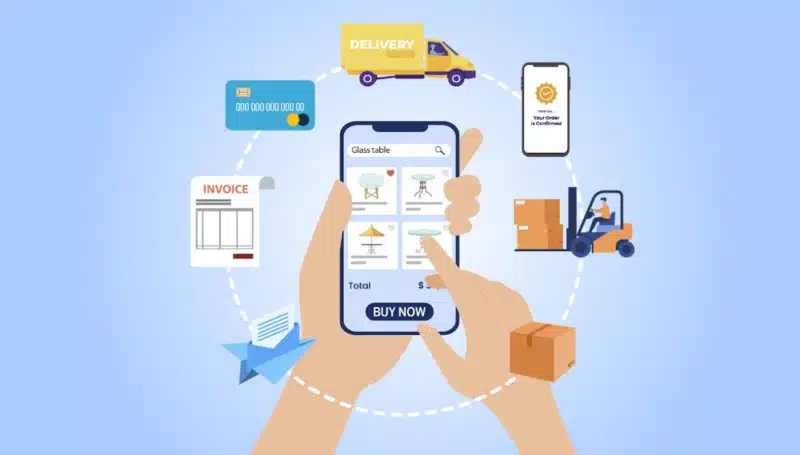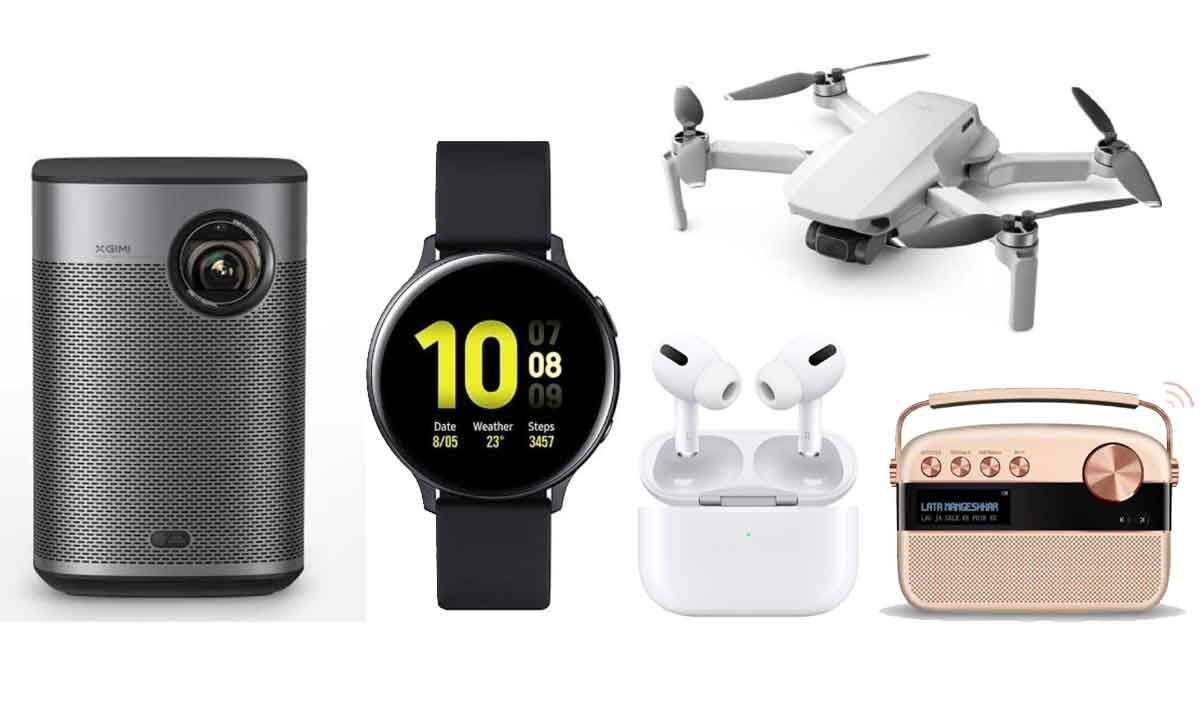As technology continues to evolve, the question of how to craft a meaningful customer experience (CX) remains constant. Successful brands have customer experience almost down to a science, but what’s the actual formula? With so many moving pieces, it can be difficult to get your CX down to a simple definition.
What is customer experience
CX is about the relationship between a business and its customers. It is made up of both quantitative and qualitative measures. Quantitative measures refer to the aspects you can measure numerically throughout a customer’s interactions with your brand (i.e., number of products purchased, average order value, etc.), while quantitative measures include customer perceptions and feelings (i.e., level of satisfaction, how easy it was to complete the task).
These quantitative and qualitative measures are defined as customers move through their journey with your brand — from awareness of your product/service through consideration, product purchase, repurchase, and even joining your loyalty program.
For example, my glass-topped patio table was damaged by a storm so I decided to purchase a new table. In searching online, I found a product I was interested in and compared prices with similar items on the market (neutral perception). Once I located the best product for me at the price I was willing to pay, I purchased the table through the website of a big box retailer (positive perception). The retailer sent me an email confirming the purchase and ship date (positive perception). The ship date arrived, but the patio table didn’t (negative perception). It was late by four days (quantitative metric). And, in those four days, I received multiple emails and satisfaction surveys that started with, “It’s Time – Your Order Has Arrived” (negative perception).

Ultimately, my overall perception of the purchase journey was negative, and it will continue to impact my future decisions. Though I have had positive purchase experiences with this retailer in the past, I will not order again in the future.
Customer experience vs. digital experience
With more and more companies investing in digital there is confusion between CX and digital experience (DX). The best way to think about the two is that CX is defined by how customers perceive their interactions with your company while DX is defined by how customers perceive their interactions with your company specifically across digital channels. In this way DX is a subset, albeit a very important and growing subset, of CX.
One of the most common misperceptions many leaders have is that focusing solely on DX will remedy CX — but as in the patio table example above, digital is only part of the equation. Fixing the timing of the automated email would help with DX. But, in order to solve the holistic challenge, the big box retailer needs to understand and better connect inventory and shipping to avoid any delays in delivery.
To improve CX, companies must break down silos, go across digital and physical mediums, and address friction points from the customers’ point of view. Additionally, CX is not just confined to the channels a brand owns. As seen in the earlier example, I started my search for patio tables through a search engine. Addressing CX means looking at the ecosystem of touchpoints customers have with partners, competitors, and related business as they go through their journey with your brand.
Evolution of customer experience: What role does data analytics play here?
Improving CX starts with collecting data. This includes both quantitative and qualitative data across touchpoints, earned/owned/and paid channels, and could even extend into the supply chain and partners. One of the areas where data can play an outsized role is in building the foundation for a living, breathing dashboard for leadership to understand CX performance.
CX data lives in many places. Understanding customers’ aggregated perceptions starts with bringing all of the touchpoints and internal/external teams together in order to harmonize the experience and drive towards the CX vision.
This begins with a measurement framework where the CX or marketing team:
- Establishes business goals.
- Documents the customer journey.
- Sets KPIs.
- Identifies where to get the data.
- Understands the interplay between teams, processes, and technologies throughout the journeys; and
- Has the mechanisms in place to track quantitative and qualitative performance.
With these key data elements in place, the brand can create a living dashboard to see connections, understand friction points, and celebrate wins.
Opinions expressed in this article are those of the guest author and not necessarily MarTech. Staff authors are listed here.


